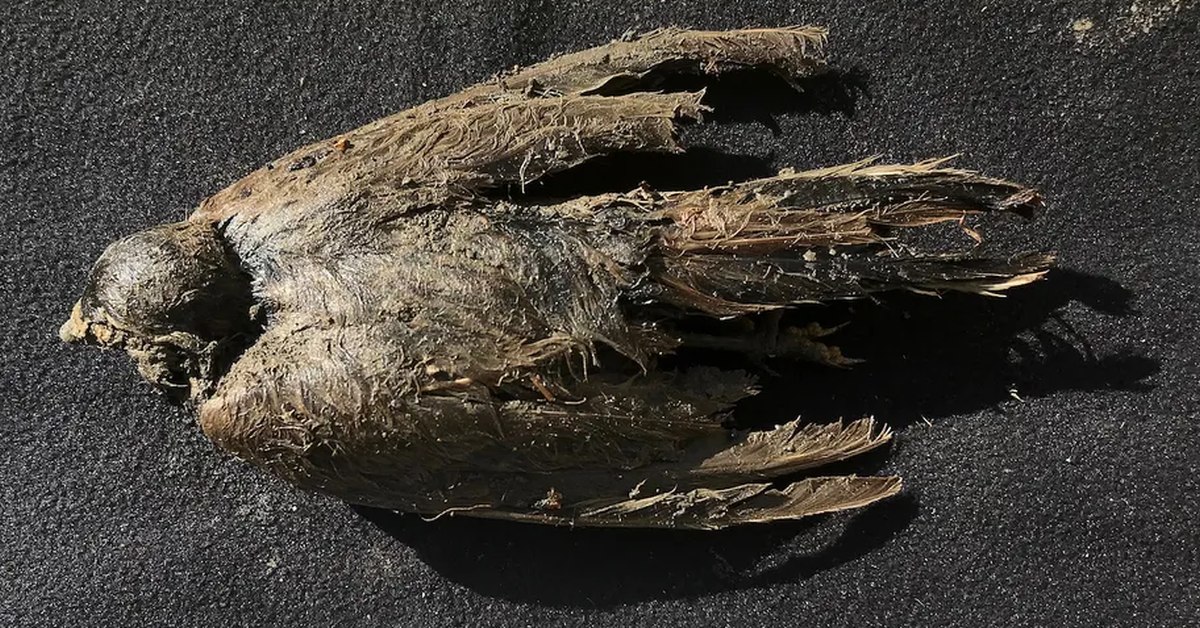
46,000-Year-Old Bird Found by Ivory Hunters Frozen in Siberian Permafrost Looks Like It Died Yesterday
Imagine finding a bird that looks like it died just recently, but in reality, it lived during the last ice age, when mammoths and woolly rhinos roamed the Earth. That’s what happened to two fossil hunters in Siberia, who discovered a frozen bird carcass in the permafrost near the village of Belaya Gora.
The bird was so well-preserved that it still had its feathers, skin and delicate feet intact. It looked “like it [had] died just a few days ago,” said Love Dalén, a professor of evolutionary genetics at the Centre for Palaeogenetics in Stockholm, who was with the ivory hunters when they found the bird.
“[The bird] is in pristine condition,” Dalén told Live Science. The discovery is truly remarkable as “small animals like this would normally disintegrate very quickly after death, due to scavengers and microbial activity.”
The fossil hunters brought the bird to a team of scientists, who performed radiocarbon dating and DNA analysis on the specimen. They were amazed to find out that the bird was about 46,000 years old, making it one of the oldest and best-preserved birds ever found.
The scientists identified the bird as a female horned lark (Eremophila alpestris), a small songbird that lives in open habitats across Eurasia and North America. Horned larks have distinctive black and yellow markings on their heads, and they are named for the small tufts of feathers that look like horns on some males.
A ‘contemporary’ horned lark. Photo: USFWS Mountain-PrairieBut this ancient horned lark was not exactly like the ones we see today. The scientists compared its DNA to modern horned larks and found that it belonged to an extinct lineage that split from the ones living in northern Russia and Mongolia about 80,000 years ago. This suggests that the climatic changes at the end of the last ice age led to the formation of new subspecies of horned larks, as they adapted to different environments.
The bird also provides a glimpse into the past of the Siberian landscape, which was very different from what it is now. During the ice age, Siberia was covered by a vast grassland called the mammoth steppe, which was home to many large herbivores and their predators. The horned lark was probably one of the common birds in this ecosystem, along with other species that are now extinct or endangered.
The discovery of this ice age bird is a rare and valuable find for paleontologists, who usually have to rely on bones and fossils to study ancient animals. The frozen bird allows them to examine its soft tissues, feathers and DNA, which can reveal more information about its appearance, behavior and evolution. The scientists plan to sequence the bird’s entire genome, which will help them understand how fast larks evolve and how they are related to other birds.



